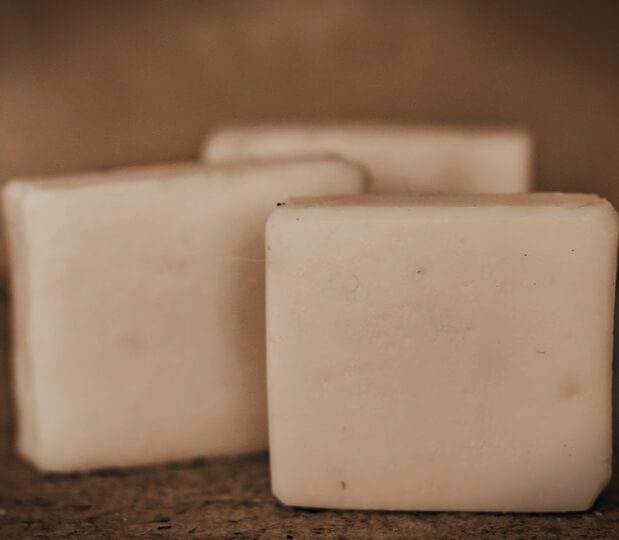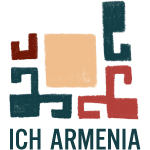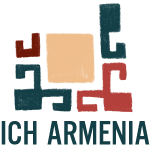
Soap-making, or “soap boiling,” was one of the widespread household practices in Artsakh. The earliest references to it are found in Russian statistical and ethnographic sources. According to these materials, both women and men were engaged in soap-making: at home it was usually women’s work, while in towns professional male soap-makers carried on the craft.
The process of boiling soap was the same in both rural and urban settings. Traditionally, sheep and cattle fat were used, and later also pig fat, together with lime and caustic soda. During slaughter, fat was separated from the meat, cut into small cubes, and stored for soap-making. Since slaughter took place a few times a year, the fat was saved each time so that once or twice a year large quantities of soap could be boiled at once. This soap was considered an irreplaceable stain remover and bleaching agent.
The cubed fat was placed in a large copper vessel called «tuj» in the Artsakh dialect and set over the fire. Once melted, the other ingredients were added. In Hadrut there were a few women known for their ability to add precisely the right proportion of caustic soda (commonly known by its Russian name «potash»). If too much or too little was added, the soap would fail, so experienced women were always invited to ensure the proper mixture.
When the contents of the «tuj» turned into a homogeneous, viscous mass, it was ladled into buckets and other containers that served as molds. These were placed on rooftops to dry, and the finished soap resembled a cheese. For use, it was cut into pieces, or the laundry was rubbed directly on the soap block. The soap could be stored and used for years.
It was mainly employed for washing heavily soiled clothes and bleaching linens. As locals recall, for the best results laundry was first rubbed with the soap, left for a while, and then washed. The soap had strong foaming properties.
It was especially widely used during the First Artsakh War in the 1990s, although it was also prepared before that period.


